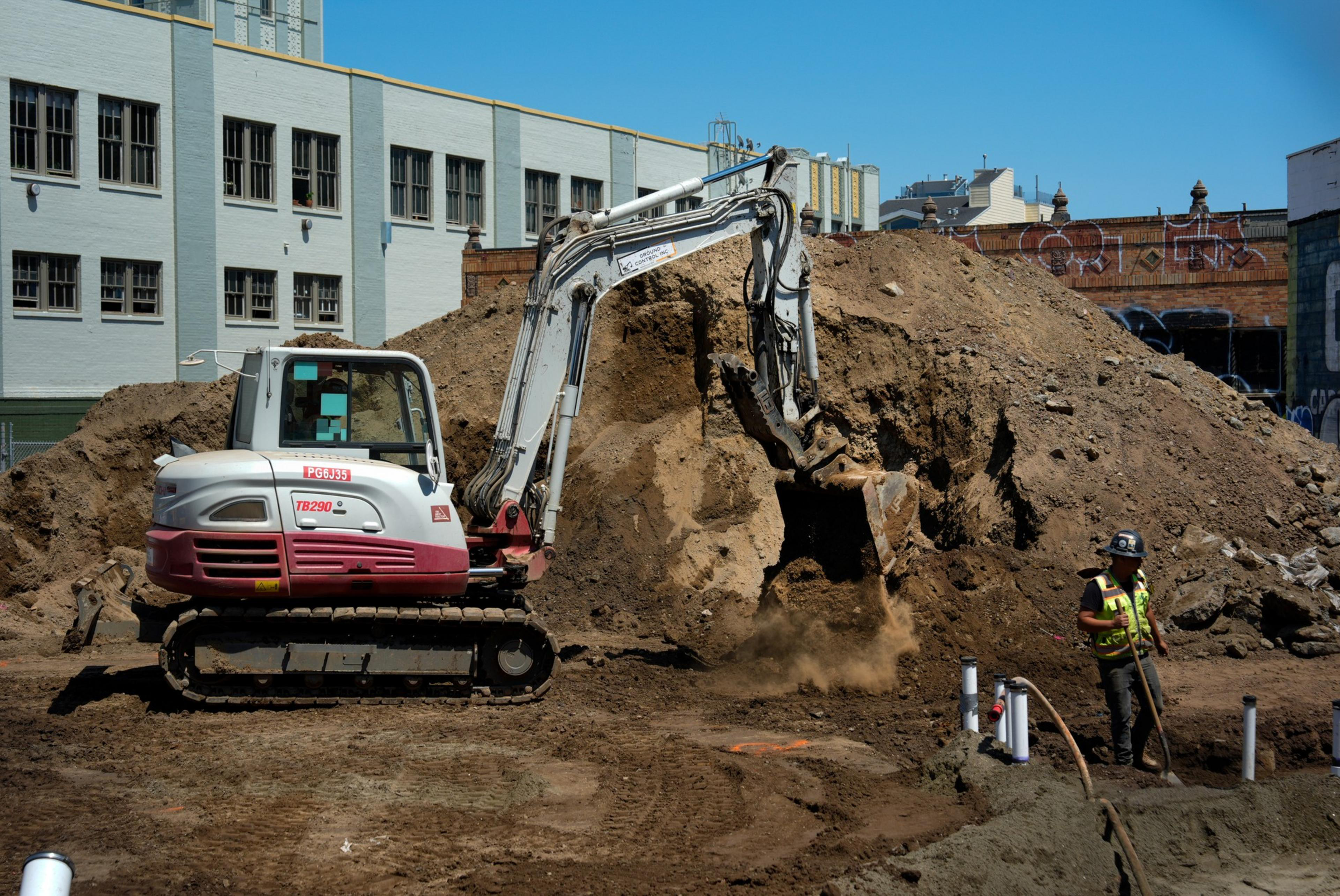In order to avoid a state smackdown, San Francisco needs to rezone large areas to “create capacity” for tens of thousands of housing units. That doesn’t mean those homes will materialize.
As the January deadline to pass the Family Zoning Plan inches closer, city planners have repeatedly reminded tenants worried about displacement of this distinction.
It’s a funny argument for a plan ostensibly meant to help usher in the city’s housing revolution: Don’t worry, we’re not actually going to build much of anything.
“We don’t imagine more than 10% of the capacity that we’re creating is going to turn over,” SF Planning Director Sarah Dennis Phillips said in an interview.
But, she said, any new housing is better than none.
“The point is to build more housing,” she continued. “Creating more capacity creates more opportunity and will eventually create more housing. I can’t tell you exactly what number it is, but I know it will be more.”
Dennis Phillips added that, despite the fears of some renters and tenant activists, the rezoning is unlikely to increase demolitions of rent-controlled housing — or any multifamily housing, for that matter. Since 2012, the city has lost an average of 18 units to demolitions per year, and Dennis Phillips said she doesn’t have any reason to think that number will increase under the new zoning.
Developers will instead look to vacant lots, light industrial sites, and commercial properties upzoned by the plan. There are about 2,200 of these sites, according to the Planning Department. It’s much easier to build on a vacant lot or a dilapidated warehouse than evict or buy out people from their homes.
That should be a relief, but one question that keeps advocates up at night is what happens when all that low-hanging fruit is picked. If the city is ever to fully capitalize on its enormous new capacity, a landlord will eventually have to knock down an apartment building and build a taller one in its place (or sell it to somebody else who will do so).
Some residents displaced by midcentury “urban renewal” in the Fillmore and Western Addition (opens in new tab) were pushed out and never able to return to their homes. That memory still haunts discussions of rezoning and redevelopment, regardless of planners’ assurances.
“It highlights the lie that all we need to do is remove the protections and processes for community input and democratic land use and get out of the way of the real estate industry, and they’ll solve our affordability problems,” said tenant advocate Molly Goldberg of the San Francisco Anti-Displacement Coalition.
Goldberg and SFADC Policy Director Meg Heisler, both of whom have been working on a tenant protection ordinance proposed by Supervisor Chyanne Chen, said they have seen an uptick in tenants reporting that their landlords are pressuring them to accept buyouts.
“This kind of displacement happens well before there would be financing for the construction of new units,” Goldberg said.
City and state law offer displaced renters certain protections, but Chen is seeking to strengthen them by forcing landlords to give six-month eviction notices and hiring “relocation specialists” to help tenants move.
Tenants of a demolished building are guaranteed replacement units, and if the building is below market rate or rent-controlled, they’re promised discounted rent in the new building. Displaced tenants also receive money to cover interim housing and moving costs.
But in San Francisco, construction can take years, and that money may not be enough to keep them rooted in the city until their new apartments are ready.
There’s also the perennial problem of unscrupulous landlords.
Tenant advocate sources predict that most landlords will buy out their tenants before selling or redeveloping the buildings. If tenants take the money, they’re not eligible for the same protections available to those facing eviction.
It all amounts to an ironic promise: Trust us; we won’t suddenly become a city that builds housing. Yet for tenants feeling the squeeze, the threat doesn’t need a crane in the air — just a landlord testing the waters.
